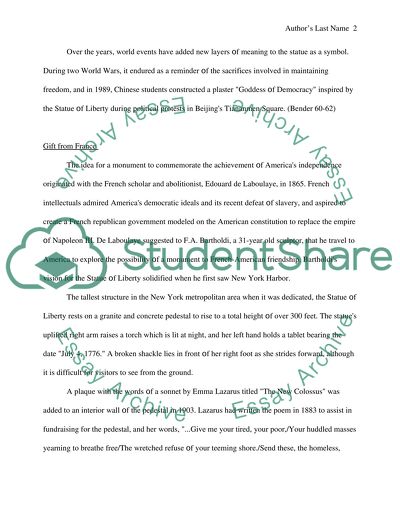Cite this document
(Statue of Liberty Greatest Symbol of American Freedom Case Study, n.d.)
Statue of Liberty Greatest Symbol of American Freedom Case Study. https://studentshare.org/architecture/1533311-statue-of-liberty
Statue of Liberty Greatest Symbol of American Freedom Case Study. https://studentshare.org/architecture/1533311-statue-of-liberty
(Statue of Liberty Greatest Symbol of American Freedom Case Study)
Statue of Liberty Greatest Symbol of American Freedom Case Study. https://studentshare.org/architecture/1533311-statue-of-liberty.
Statue of Liberty Greatest Symbol of American Freedom Case Study. https://studentshare.org/architecture/1533311-statue-of-liberty.
“Statue of Liberty Greatest Symbol of American Freedom Case Study”. https://studentshare.org/architecture/1533311-statue-of-liberty.


